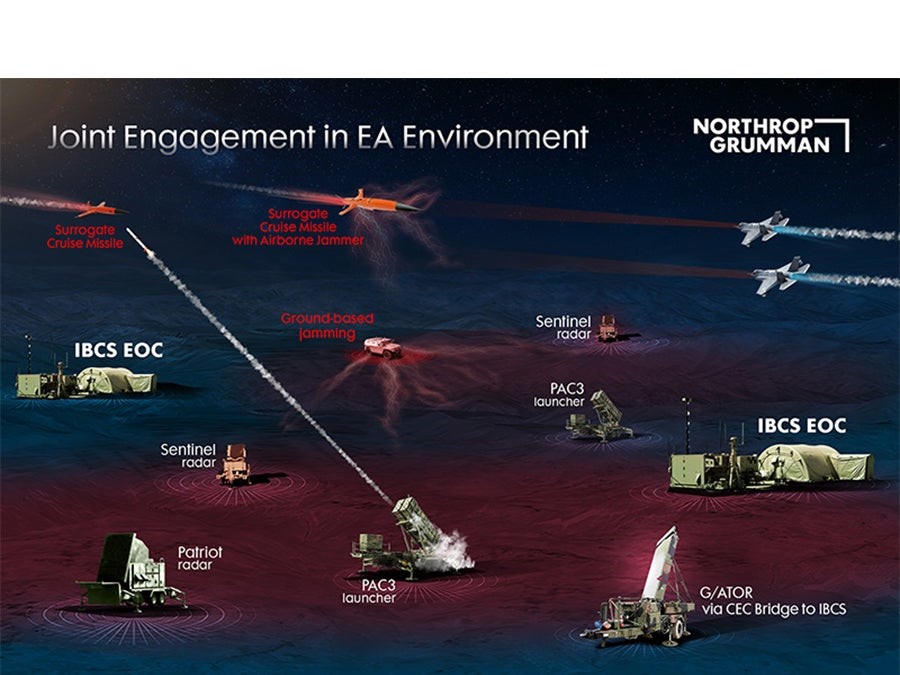The Russia-Ukraine War: Priority weapons for the future development of military powers
The war in Ukraine has demonstrated a threat that rival countries are willing to use long-range precision strikes against a country’s critical infrastructure. President Zelensky said that Russia launched 2,154 guided missiles into Ukraine in mid-May, causing great damage to Ukraine’s vital infrastructure and its military. And that shows the disadvantages of the network no room in some countries that even the countries of military power must pay attention to in the future.
Early missile attacks were relatively simple, with one or two missiles of the same type striking at 1 watt/s at a single target. Force no room Ukraine was able to hit some of these missiles and reduce their effectiveness, but Russian tactics quickly evolved; For example, the March attack on a TV tower in Kiev, along with the cyberattacks on a Ukrainian TV station …involved a variety of missiles flying in different configurations and arriving simultaneous targets to jam systems no room availability of Ukraine.

Missile defense combat command system and no room Northrop Grumman integration is set up at the White Sands Missile Range military test site operated by the US military.
Missiles, rockets…are scattered everywhere
Russia is not the only country possessing the most accurate long-range strike capability today. The Houthis in Yemen have also developed a diverse arsenal of guided missiles and unmanned aerial vehicles (UAVs) capable of hitting targets in Saudi Arabia with Iran’s support. Several Quds-2 cruise missiles, Zulfiqar medium-range ballistic missiles and Samad-3 frontal attack UAVs were used in coordinated attacks against multiple targets in the UAE in January 2022. including attacks on the Musaffah oil facility.
UAE despite using the system no room Patriot and THAAD to counter some missiles, but some missiles were able to get through the system no room of the UAE and attacked the intended targets. The 2019 attack on the Abqaiq-Khurais oil facility is considered one of the most notable examples of the Houthis’ capabilities. And the accuracy of the Houthis’ long-range strike weapons against Saudi Arabia and the UAE opens the door to more attention to the complexity of system delivery. no room effective against multi-pronged threats posed by peer competitors.
It is likely that the Houthis are imported or licensed by Iran to own their own long-range precision strike arsenal. Iran has also assisted Hamas in developing and expanding its missile arsenal, enabling the militants to launch mass attacks against Israel. The LA Times says that more than 4,000 rockets were fired at Israel during the fourth war between Israel and Hamas in 2021, demanding a response. no room from the Israel Defense Forces (IDF).
The successes of the IDF, Saudi Arabia and the UAE, and Ukraine in deterring the broad missile threat suggest that investments in no room is worthwhile and can provide for the protection of the nation’s critical infrastructure in peer-to-peer conflicts. However, the number of weapons no room are often restrictive that place limits on states’ ability to protect the entire space within their borders. Joint Operations of All Domains (JADO) can provide opportunities to improve responses to these types of threats.

IBCS provides command and control capabilities common to all domains.
Integrated Air and Missile Defense Combat Command System
Room no and missile defense is inherently a multi-domain operation: Radars used to detect and track targets operate in the electromagnetic spectrum, interceptor missiles are often launched from the ground and come into play. overhead. System no room on the ground (GBAD) could be supported by air superiority packages directed by airborne early warning and control (AWAC) aircraft such as the Boeing E-3 Sentry. GBAD allows to intercept, intercept or neutralize air threats such as bombers or smaller targets such as missiles or unmanned aerial vehicles at a longer and more precise range.
Typically, these operations require complex command and control structures that allow the aerial sensor to transmit data through the command center to the GBAD server so that it can seek and strike a target, and at the same time destroy the airspace to prevent ‘fraternity’. This process can take time and relies on human effort. However, experiments conducted by the US Army and industry partners have made it possible to accelerate this process, while also increasing land-based air defense capabilities: “The successful integration of all of them sensors into a single unified network so that targeting data can be quickly shared between sensors and effects made the system no room more effective against complex threats.”
In 2021, the US Army and Northrop Grumman conducted a test of the Missile Defense Combat Command System and Room no Integrated (IBCS) against an alternative cruise missile under electronic jamming conditions. The IBCS is a command and control system that ensures interoperability with other missile and air defense components.
According to the US newspaper, the above tests took place at the White Sands range, where the enemy assumed the use of electronic warfare (EW) vehicles. To detect and track enemy targets, the US Army used data collected by the fifth-generation F-35 Lightning II fighter aircraft and the AN/TPS- AN/TPS-80 Ground/ Air Task-Oriented Radar (G/ATOR), transferred to the MIM -104 Patriot air defense missile complex. Accordingly, stealth fighters such as the US F-35 Lightning II and stealth cruise missiles can be detected, tracked, and destroyed using networked and integrated systems. data type like IBCS.
The IBCS-linked G/ATOR radar utilizes common track management, providing an integrated bridge to the navy and allowing the G/ATOR radar to provide targeting data to the Patriot-3 battery through via the IBCS integrated fire control network (IFCN). This is an important step forward, as the G/ATOR radar can provide targeting data in a form that the Patriot launcher can use.
The jamming target has been identified, allowing the Patriot complex to intercept the threat targeting the positions. The use of multiple sensors also allows the system no room minimize the impact of jamming and assess which missiles are the primary threat. The successful integration of all sensors into a single unified network so that targeting data can be shared rapidly between sensors and effects has made the system no room more effective against complex threats.
Value in improving the system’s anti-interference ability no room for the ever-evolving long-range missiles or stealth drones, as well as the ability to identify a wide range of threats, while providing greater access to options. choose response. Most importantly, these advancements in technological capabilities provide commanders with additional options and insight into upcoming threats.
For the Israel Defense Forces, multi-domain operations are seen as the most effective way to not only counter Hamas missile attacks by locating missile launches early and delivering them the ‘preemptive’ phase, but also the means to defeat Hamas. Some IDF theorists hope that quickly pinpointing launch sites will allow for centralized responses maneuvering between defense and attack key nerve centers in the Hamas system. Accordingly, the Integrated Air Defense and Missile Defense Combat Command system is paramount and a goal that requires specific long-term planning in the decades to come.
at Blogtuan.info – Source: danviet.vn – Read the original article here



